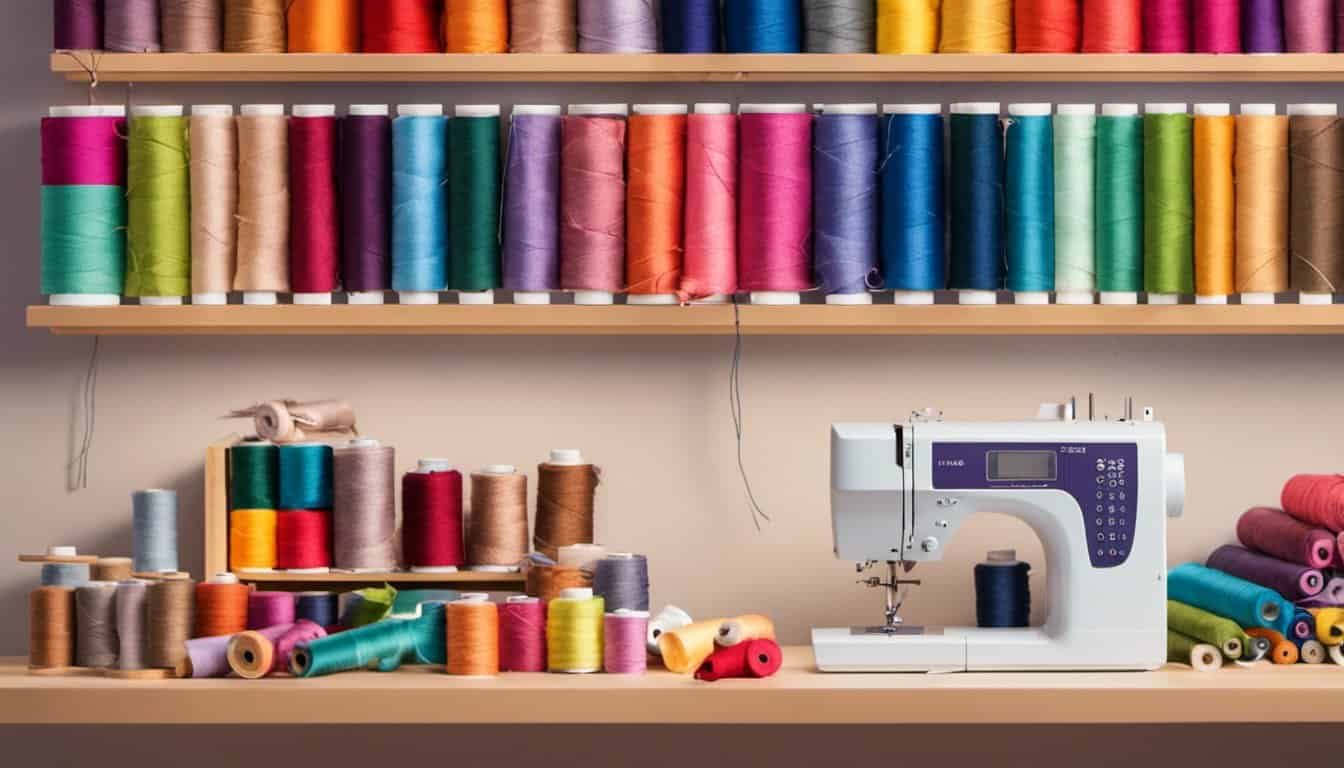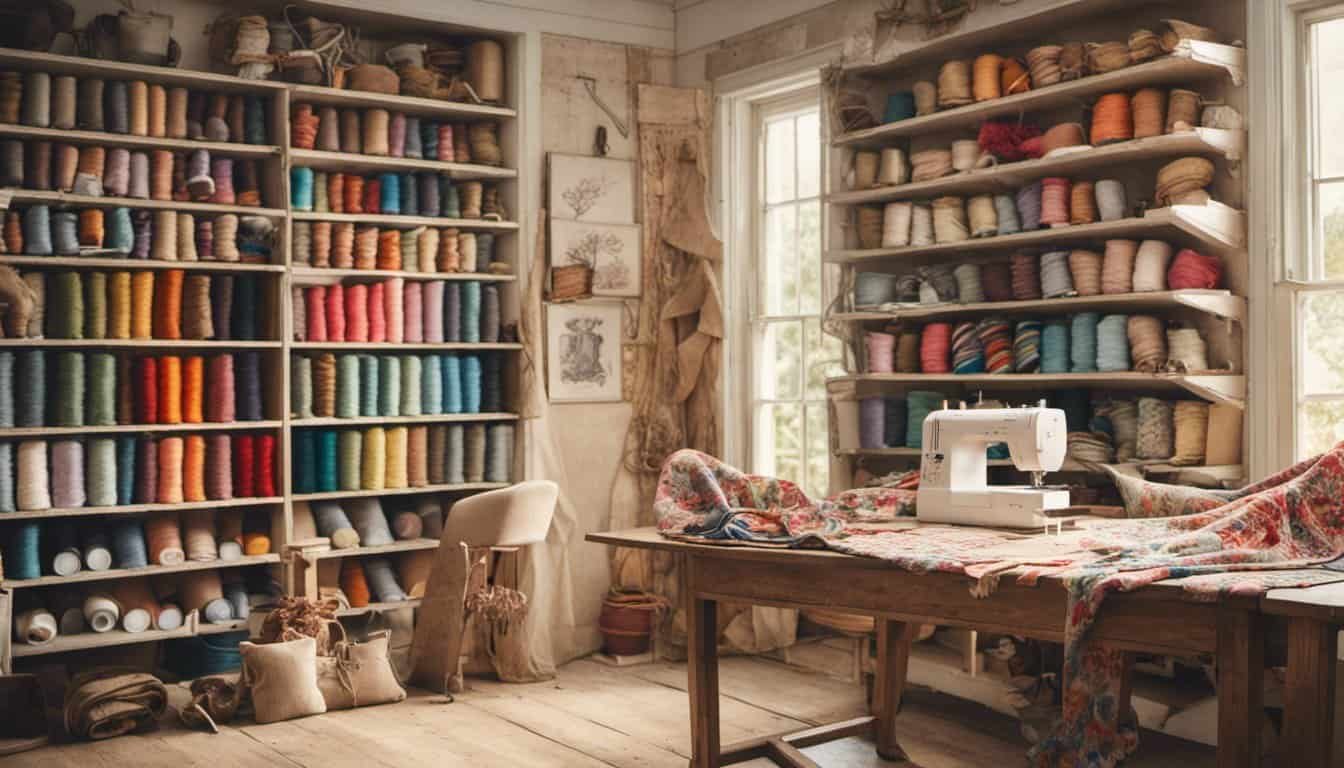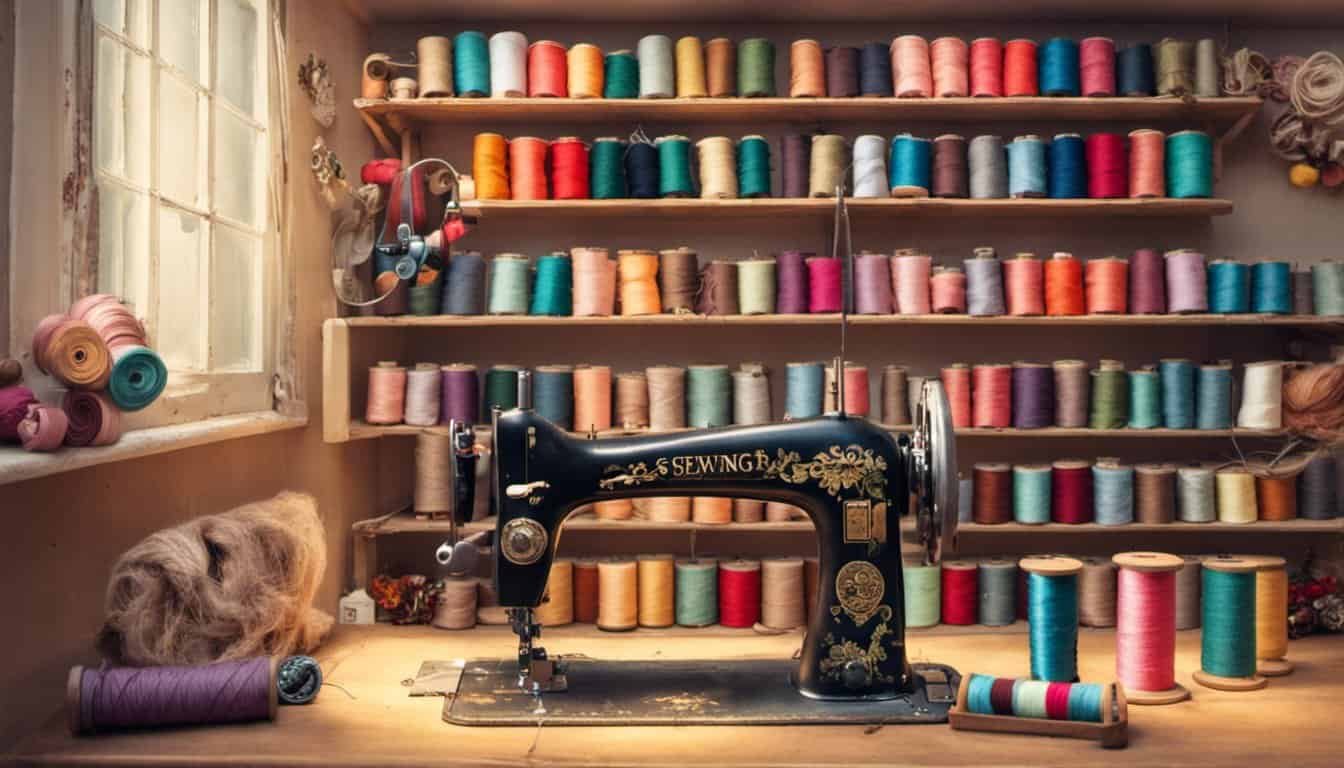Diving into the world of sewing can be both exciting and overwhelming. I remember the first time I tried to tackle a project without a clear plan—it was a bit chaotic! That’s where sewing patterns come into play, guiding us step by step toward creating beautiful garments and crafts.
In this article, I’ll explore what sewing patterns are and why they’re essential for any sewing enthusiast. Whether you’re a seasoned pro or just starting out, finding the right patterns can make all the difference. Let’s uncover the best places to discover patterns that inspire and fit your style.
What Are Sewing Patterns
Sewing patterns serve as blueprints for creating garments and crafts. They consist of detailed designs that guide the cutting and assembling of fabric pieces. Patterns ensure accuracy in measurements, fit, and overall design, simplifying the sewing process.
Components of Sewing Patterns
Sewing patterns include several key elements:
- Pattern Pieces: Individual templates for each part of the garment, such as sleeves, collars, and bodices.
- Instructions: Step-by-step guidelines on assembling the pattern pieces, sewing techniques, and finishing touches.
- Measurement Charts: Tables that help determine the appropriate size based on specific body measurements.
- Symbols and Notations: Indicators for seam allowances, grain lines, and other essential details.
Types of Sewing Patterns
There are various types of sewing patterns available:
- Commercial Patterns: Produced by established companies, offering a wide range of styles and sizes.
- Independent Designer Patterns: Created by individual designers, often featuring unique and innovative designs.
- Digital Patterns: Downloadable files that can be printed at home, providing convenience and accessibility.
- Vintage Patterns: Historical designs that replicate styles from past decades, appealing to enthusiasts of retro fashion.
Benefits of Using Sewing Patterns
Utilizing sewing patterns offers several advantages:
- Consistency: Achieves uniformity in multiple projects, ensuring each item matches the desired specifications.
- Efficiency: Streamlines the sewing process by providing clear instructions and organized layouts.
- Customization: Allows for adjustments in size, style, and details to fit personal preferences and body types.
- Skill Development: Enhances sewing techniques and understanding of garment construction through guided practice.
How to Read a Sewing Pattern
Understanding how to interpret sewing patterns is essential:
- Pattern Envelope: Contains all necessary information, including the pattern name, size range, and components included.
- Instruction Booklet: Guides the assembler through each step, from cutting fabric to final assembly.
- Visual Diagrams: Illustrate the placement of pattern pieces on fabric and demonstrate sewing techniques.
- Legend and Key: Explains symbols, abbreviations, and notations used throughout the pattern instructions.
By familiarizing yourself with these aspects, sewing patterns become valuable tools in creating tailored and professional-quality projects.
Types Of Sewing Patterns
I categorize sewing patterns into two main types: printed and digital. Each type offers unique benefits for various crafting needs.
Printed Patterns
Printed patterns come as physical copies, typically in envelopes. They include pattern pieces, instructions, measurement charts, and symbols. Commercial brands like Simplicity and Vogue provide extensive selections. Independent designers offer unique styles, while vintage patterns feature classic designs. Printed patterns ensure accurate measurements and comprehensive instructions, facilitating precise garment creation.
Digital Patterns
Digital patterns are downloadable files, usually in PDF or CAD formats. They offer flexibility in size adjustment and easy access. Platforms such as Etsy, Makerist, and independent websites host a wide range of digital patterns. Users can print patterns at home or stitch directly from their devices. Digital patterns often include interactive instructions and can be updated easily, catering to modern sewing preferences.
How To Use Sewing Patterns
Using sewing patterns involves several clear steps to ensure your project turns out just right. Here’s how I approach the process:
- Choose the Right Pattern
I start by selecting a pattern that matches my skill level and project goals. Patterns come with details about fabric type, size range, and difficulty.
- Gather Materials
I collect all necessary materials listed on the pattern envelope, including fabric, thread, notions, and any specific tools required.

- Prepare the Fabric
Before cutting, I wash and iron the fabric to prevent shrinkage and remove wrinkles. Following the pattern instructions, I lay out the fabric correctly.
- Cut the Pattern Pieces
I carefully cut out the pattern pieces from both the paper pattern and the fabric. Using sharp scissors and pins ensures accuracy.
- Mark the Fabric
Transferring pattern markings to the fabric is crucial. I use tailor’s chalk or fabric markers to indicate darts, notches, and other essential points.
- Assemble the Pieces
Following the step-by-step instructions, I stitch the pieces together. I always start with smaller sections, like sleeves or pockets, before moving to larger areas.
- Fit and Adjust
After initial assembly, I try on the garment to check the fit. If adjustments are needed, I make alterations to the seams or pattern pieces accordingly.
- Finish the Project
« How to Sew a Gusset for Bags and Garments – You Won’t Believe These Easy Steps
Unlock the Secrets: How to Sew a Placket for Shirt Openings Like a Pro »
I complete the project by adding hems, buttons, zippers, or any other finishing touches specified in the pattern instructions.
Tips for Success
- Read Instructions Thoroughly
I read all instructions before starting to understand the sequence and techniques required.
- Take Accurate Measurements
Measuring myself or the intended wearer accurately ensures the garment fits perfectly.
- Use Quality Tools
Investing in good scissors, pins, and measuring tapes makes the sewing process smoother and more precise.
- Stay Organized
Keeping pattern pieces and fabric marked helps prevent mistakes and keeps the workflow efficient.

By following these steps, I consistently create well-fitted, professional-looking garments and crafts using sewing patterns.
Where To Find Sewing Patterns
Finding the right sewing patterns is easier than ever with numerous resources available both online and in local stores. I explore the best places to discover patterns that match your style and skill level.
Online Resources
The internet offers a vast selection of sewing patterns. Websites like BurdaStyle and Simplicity provide extensive libraries catering to various styles and skill levels. Marketplaces such as Etsy host independent designers, offering unique and customizable patterns. Digital platforms allow instant downloads, enabling you to print patterns at home or access them on your devices. Subscription services like Craftsy deliver new patterns regularly, keeping your creative projects fresh and exciting.
Local Stores
Local stores remain valuable sources for sewing patterns. Major fabric retailers like JoAnn Fabrics and Michaels feature a wide range of commercial patterns from brands like Vogue and Butterick. Independent sewing shops often carry exclusive or hard-to-find patterns, supporting local designers. Additionally, bookstores and craft stores stock pattern books, providing a tangible collection for browsing. Visiting these stores allows you to see patterns in person and seek expert advice when needed.
Tips For Choosing The Right Pattern
Selecting the perfect sewing pattern involves several key considerations to ensure a successful project.

- Assess Skill Level
Evaluate your sewing experience before choosing a pattern. Beginners find simple designs with fewer pieces ideal, while advanced sewers may prefer patterns with intricate details and multiple components.
- Check Pattern Details
Review the pattern’s instructions and illustrations thoroughly. Clear, detailed guides facilitate easier assembly, especially when patterns include complex steps or unique techniques.
- Consider Fabric Requirements
Examine the recommended fabric types and quantities. Selecting fabrics that match the pattern’s suggestions ensures the garment’s structure and appearance align with the design intent.
- Review Sizing and Fit
Ensure the pattern offers sizes that correspond to your measurements. Patterns with adjustable sizing features provide flexibility, accommodating various body shapes and dimensions.
- Read Ratings and Feedback
Look for patterns with positive reviews and high ratings. Feedback from other sewers highlights potential challenges and confirms the pattern’s reliability and accuracy.

- Analyze Pattern Cost
Compare the pattern’s price against similar options. Assessing cost alongside quality helps determine the best value, balancing affordability with design quality and detail.
By considering these factors, you can choose a sewing pattern that matches your skills, style, and project goals effectively.
Conclusion
Exploring sewing patterns has truly transformed the way I create. Having a clear guide makes the whole process enjoyable and less intimidating. Whether you’re a beginner or a seasoned sewer patterns open up endless possibilities for your projects.
Finding the right pattern is a journey in itself and there are so many places to discover unique and inspiring designs. Embracing both printed and digital options gives me the flexibility to choose what works best for each project.
Sewing patterns not only enhance my skills but also bring my creative visions to life. I can’t wait to see what I’ll create next with the right pattern by my side.


















